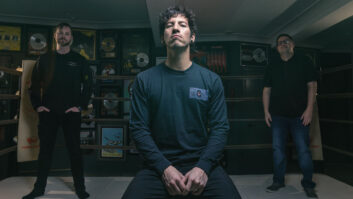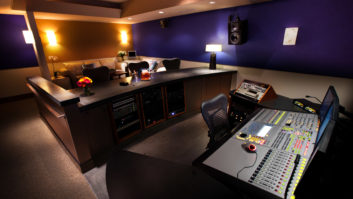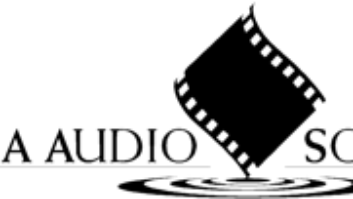Maybe it’s all the time I’ve been spending in airports, but I’ve read a lot of trashy tabloids lately; it’s my guilty pleasure. My favorite parts of those magazines are the candid shots of stars — action heroes ordering lattes at Starbucks, starlets pumping gas in baggy sweats. There’s something about peeking past the polished celebrity image to see if the no-makeup reality measures up. Reality isn’t always pretty.
The same can be said about audio — just because something sounds “great” in the control room doesn’t mean it will sound as good on other speakers. Admittedly, most recording is done in less-than-honest acoustic environments, yet even with all the available tools for diagnosing and correcting room problems, the solution is sometimes a good, hard look in the mirror. Perhaps you’ve grown “comfortable” with your room sound, but you have the nagging feeling that your studio isn’t all it could be. It’s easy to be intimidated by the science of acoustics, but there are simple, practical steps you can take to improve your room response.
No single treatment method will fix all of your acoustic problems, but a good place to start is your monitors. Do you like your playback system because it “sounds good” or because it provides an accurate representation of your tracks? If you want extra shimmer and a big bass boost, don’t look for it in your monitors — put it in your mix.
An acoustician I spoke to mentioned that 70 percent of his room-tuning work involves finding the ideal speaker configuration/listening position for the most linear frequency response. You might be reluctant to move speakers away from the walls because they’ll take up valuable real estate in the room. Or you might be a victim of the force of inertia: You placed your near-fields on the meter bridge one day as a quick fix, and there they remain. However, setting speakers on stands and making minor adjustments in their downward angle can often make a significant improvement in reducing the effect of secondary reflections from the console surface. Monitor placement is a crucial — yet often overlooked — piece of the puzzle, and happily, it’s one of the cheapest acoustical solutions available.
Optimizing the sweet spot is easier than you think. Available tools range from common-sense math (a little symmetry goes a long way) to user-friendly predictive programs. With that in mind, Bob Hodas explains the basics of choosing and applying digital EQ to tune studio loudspeakers in this issue, while Michael Cooper looks at the latest offerings in “intelligent” self-aligning monitors.
However, this infusion of technology need not result in sterile, cookie-cutter control rooms. Whether you’re building a new facility or upgrading an existing studio, it’s important to remember that there’s no “one size fits all” solution for room tuning. Need some inspiration? Check out the gorgeous rooms in our “Class of 2008” feature (page 26), which spotlights some of the hottest new studio designs debuting in the past year. Approach your room as a unique space and don’t be afraid to experiment.







